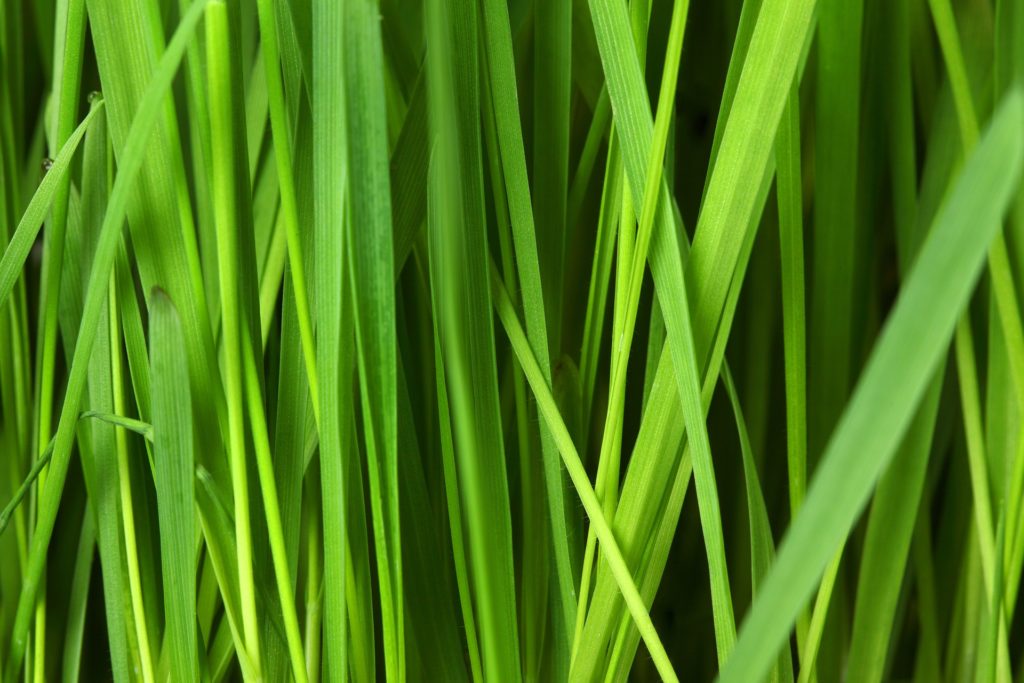Fall is the best time to seed your lawn, whether the grass is new or already established. Unfortunately, the rate of grass growth isn’t as easily defined. Fall temperatures help the cool season grasses here in New England germinate exactly the way they’re supposed to. However, regardless of when our customers seed their lawns, they invariably ask: Why isn’t my new grass growing faster?
Our answer: It depends upon…
What type of grass you have
We just finished aerating and overseeding many lawns for our customers. We’ll also continue overseeding for the remainder of the season. We use a cool season blend that consists of rye, fescues, and Kentucky bluegrass. Each of these grass types germinates on a different schedule, so while you may see some new grass within a week or two of tossing down seed, new grass will continue popping up throughout the fall.
Germination
During the germination process, seedlings must first send down roots before their blades penetrate the soil. Although you may not see new grass right away–or as soon as you’d like–it’s still germinating … and sending down roots. The combination of air and soil temperature is the primary factor that determines how quickly the grass seed germinates. The amount of watering also plays a role, as do those pesky birds!
Timing of grass growth
Rye grass germinates the earliest (in about 10 days), followed by fescues (in about 14 days), followed by Kentucky bluegrass (14 to 30 days). However, these estimates vary based on whether the seedlings are in the sun or shade. The estimates also vary based on whether you’re seeding in fall (i.e., right now) or spring, whether you water, etc. Keep in mind that your grass growing faster isn’t always the primary goal.
Fall seeding is generally more effective than spring seeding is because the roots have a better time establishing themselves during the fall, going into winter dormancy, and then waking in the spring when temperatures hit about 45 degrees. By the time the fall seedlings have made it to the spring, they’re strong and well-established. Grass seeded in the fall is much stronger during the summer months than spring grass is, and more able to withstand the extremes of summer weather.
On the other hand, when seeding in the spring, the new grass is only a month or two old when the warmer temperatures and hot sun begin shining down on it. It’s still very vulnerable and prone to burning and dying under hot, sunny, summer conditions.
Final words
Be patient! The answer to the question Why isn’t my grass growing faster? isn’t simple. Although some seeds won’t germinate, most will. Remember that during the cooler months, the seedlings’ roots are digging deeper and establishing themselves. After winter dormancy, you’ll see a big difference in the spring. The sunshine and warmer temperatures encourage more growth, and your lawn will be greener and lusher than it was before you seeded. Click here if you’d like an overseeding estimate.


Great article and thanks – Landscaper here based in Cardiff. Rhidian 🙂